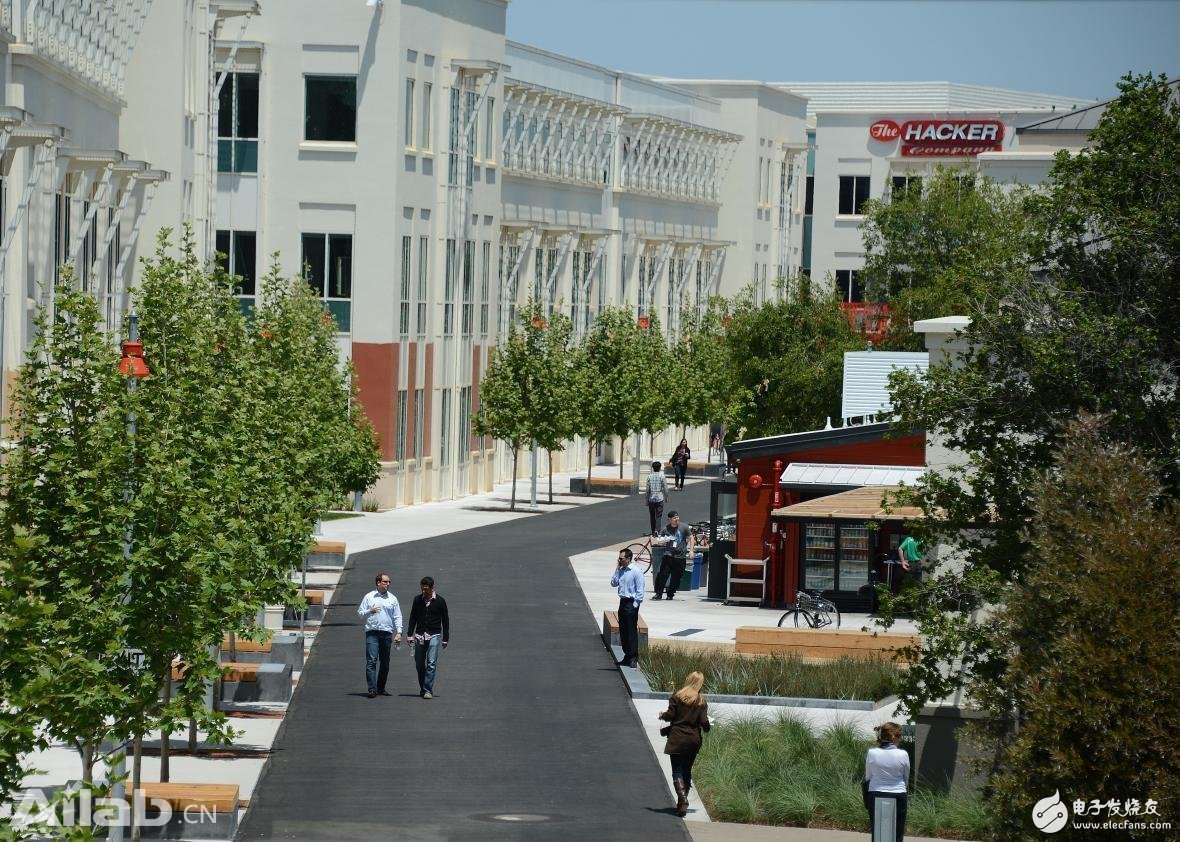Artificial intelligence has become the latest darling of Silicon Valley. Google, Facebook, Amazon, and Apple have applied artificial intelligence to their image recognition algorithms, voice virtual assistants, and to organize news and social media content for you. This is also a hot area for small startups. In the five months since the beginning of the year, venture capital for artificial intelligence has grown from $3.2 billion in 2014 to $9.5 billion. This is the largest investment area in the year and the largest recruitment area. Although research in this field can be traced back to the 1950s, until recently, artificial intelligence developed into a mainstream computer science theme. In this case, the number of experts in this field is limited (and relatively small), and the number of experts remaining in academia is decreasing due to the lucrative profits provided by technology companies. In a report in the New York Times this week, Cade Metz detailed how large technology companies can attract artificial intelligence experts, who can provide up to $500,000 a year. “With less than 10,000 people around the world, they have the skills they need to solve advanced artificial intelligence research,†Metz wrote. At Stanford University, four famous researchers have left or are ready to leave in the past few years. At another artificial intelligence center, the University of Washington, six of the school's 20 professors work in related industries during the holidays. If professors and researchers leave the academic world, who will teach the next generation of artificial intelligence experts? This is not the first time this has happened. In 2015, Uber dug up the core of the robotics lab at Carnegie Mellon University and was responsible for the company's driverless car project. After initially attracting several developers from the National Robotics Engineering Center, Uber finally hired 40 former CMU employees (about one-third of the total NEC staff). This includes many senior staff and some department heads. "They took all the research team members away," a person familiar with the matter told theVerge. According to the Pittsburgh Post, as of March 2016, the positions left by Uber employees are still vacant (although NREEC told Post-Gazette reporters at the time that they plan to hire $11 million in new research funding. To 20 new employees). But Andrew Moore, dean of the School of Computer Science at Carnegie Mellon University, dismissed it. Moore told the Pittsburgh Post: "This kind of thing happens several times a year. What we should focus on is 'What should I do next?" According to Moore, this kind of thing happens periodically. Researchers may start in academia, then spend a few years doing business research, and then return to academia with new ideas and ideas. In an interview with TechCrunch in 2016, Moore said that 5 to 15 employees leave the company each year and work in related industries for up to 4 years. Some people, but not everyone, are finally coming back. This is what we want to see now. Technology companies (except Uber) don't rely entirely on researchers who have been recruited from academic institutions, but instead take things in their own hands in a more constructive way. Companies such as Google and Facebook now offer training courses to help employees accelerate the pace of artificial intelligence research. Because few experts can succeed in this area, projects like Facebook's AI Academy are designed to give engineers proficient in deep learning. Once trained, they can apply their new knowledge to other engineering teams in the company. Strategic acquisitions also help address the shortage of artificial intelligence labor, such as Google's acquisition of DeepMind in 2014, but only if artificial intelligence startups can start from this field. Even so, for companies that require PhD professionals, demand far exceeds supply. If technology companies want to ensure that the number of AI experts is sufficient in the future, they need to find a balance in hiring experts to meet their needs and let them continue to teach the next generation.
Provide you with the supply of pulse oximeter finger. to help you safely get back to your daily routine.
With more than 15+ yrs rich MFG experience, you can definitely trust in and cooperate with.
Our strict quality control protocol thoroughly vets every aspect of production, storage, and shipments all the way way to our end customers.
Our products include pulse Oximeter Finger, Forehead Thermometer, Automatic foam soap dispenser, etc. Pulse Oximeter Manufacturers, oxygen saturation, oximetry TOPNOTCH INTERNATIONAL GROUP LIMITED , https://www.micbluetooth.com